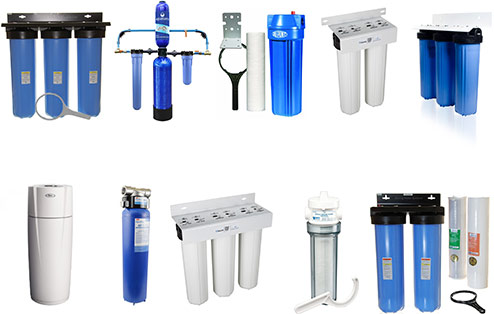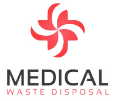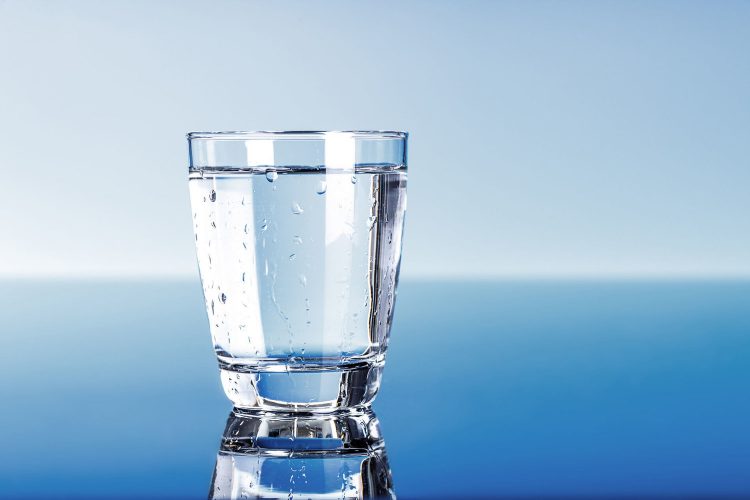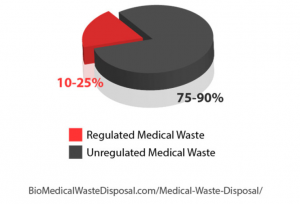The more polluted your water, the more carefully you need to select a filtering method or a combination of them. An integrated approach that includes 3-5 stages of purification works most effectively. A single-stage filtration system should only be used with relatively good water quality or provided that you select a filtration method for a specific type of contamination. Any way, you don’t have to think how much does a water filtration system cost, cause the quality of water is extremely important to your health.
Today everyone understands how important it is to use clean water every day. One solution to this problem is to filter tap water at home. But before you buy a filter (perhaps you have already chosen a filter jug, a water filter on a mixer or a flow filter), you should learn more about water purification methods and understand which one suits you best. Carbon filter, ion exchange filter, UV disinfection, reverse osmosis cleaning – modern filtration methods are diverse and can be combined in one filtration system. Which of them are needed for water treatment in your home? Let’s check!
What are water filters?
Having determined which filtration methods are preferable for your water, you can proceed to the stage of studying the types of water filters. Manufacturers offer a variety of cleaning systems that differ in filtration methods, the number of cleaning steps, the installation site and performance.
For water purification to the level good for drinking are suitable:
- Jug-type filters with a single-level cleaning system – for cleaning small volumes of water.
- Caps or faucet nozzles that purify water according to the principle of jug filters and are placed directly on the faucet.
- Table filters, which are located on the body of the storage tank and have a separate valve. For such filters 2-3 steps of purification are typical.
- Flow-through water filters are four-stage cleaning systems that are integrated into the water mains. Designed for high water consumption and cope with significant pollution. Expensive models suggest the presence of reverse membrane filter.

Purifiers are multifunctional systems that include 5 stages of purification, including a reverse osmosis system and sterilization with ultraviolet rays. In addition to water purification and salinity, equipped with boiling and cooling systems. Some models can perform the functions of a coffee machine, carbonate water and prepare ice.
Purifier is a modern high-tech system for water purification that copes with all types of pollution: excess salt, iron, chlorine, hydrogen sulfide, organic matter and pathogenic bacteria. Purifiers, which are based on reverse osmosis system, are particularly relevant. Such a system involves 5 steps of water treatment and a unique combination of different filtration methods: in addition to the classic coal, it has a UV filter. At the moment, this is a unique advantage over other types of filters.
Consider how a five-step purifier system works
5 steps of purifying Purifier with membrane:
Stage 1. Sediment Filter – sediment pre-filter. Removes particles larger than 5 microns (rust, sand).
Stage 2. Pre-Carbon Filter – carbon prefilter that removes chlorine, trihalomethane, absorbs organic matter and pesticides.
Stage 3. RO Membrane Filter – reverse osmosis membrane, which retains all salts and organic matter, including iron – up to 97-99% of contaminants.
Step 4. Post Carbon Filter – a coal postfilter that performs the final purification, improving the taste, smell and color of water.
Step 5. UV Sterilizer – ultraviolet lamp. Suppresses viruses and sterilizes water. Built in storage tank.
Depending on the model of the purifier, it is assumed that the water is mineralized before it is supplied. So we see that multi-level filters cope much more effectively with water purification.


